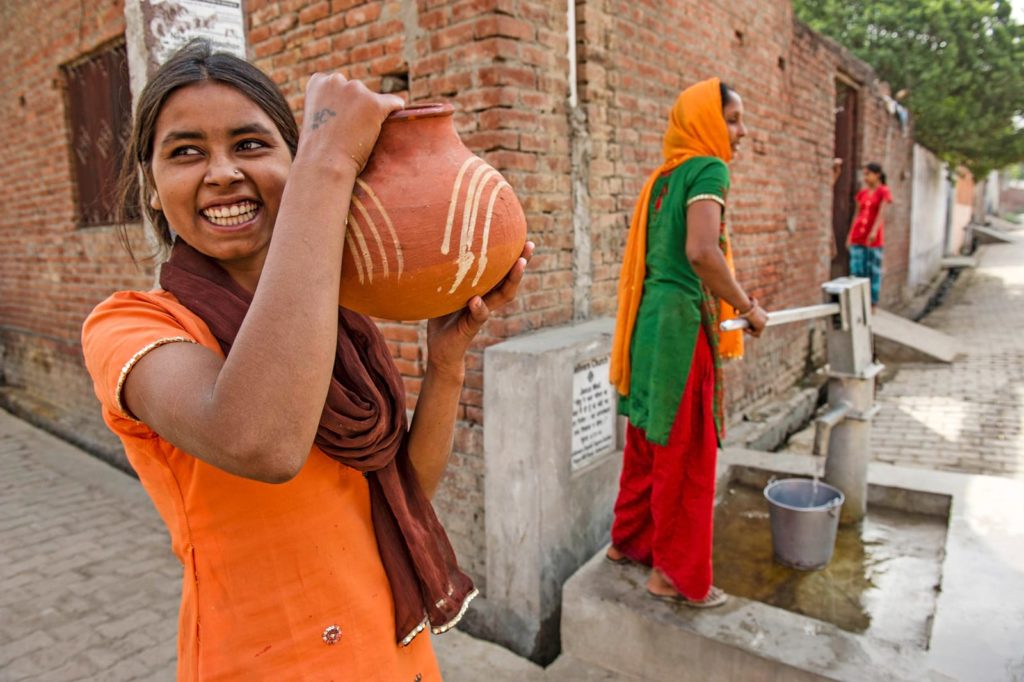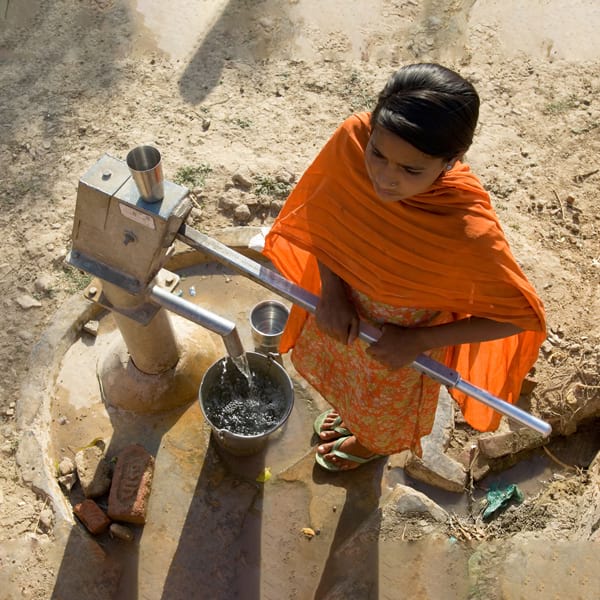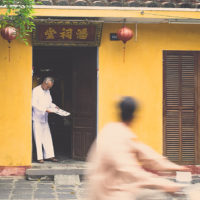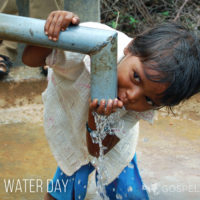WILLS POINT, TX – Gospel for Asia (GFA World and affiliates like Gospel for Asia Canada) founded by KP Yohannan, issued a Special Report on solving the world water crisis, citing major initiatives to defeat an age-old problem of lack of access to clean water … so critical overall to combating disease and maintain healthy individuals worldwide.
Written for Gospel for Asia by Palmer Holt, InChrist Communications.
For millions of people around the world, finding clean water is a daily struggle. Like all of us, they need water to drink, to wash in and to grow their crops. When they can’t find it, terrible things happen: Farmers lose their livelihoods; people suffer the slow, insidious effects of chronic dehydration; entire families contract dysentery or arsenic poisoning; and too often, people die.
The issue is really twofold: 1) In many places, there simply isn’t enough water available; and 2) Often, the water that people do have is contaminated. Remedies exist for both problems, ranging from complex and costly to astonishingly simple. But sadly, most of the people who desperately need these solutions don’t have access to them—yet.
In my previous special report for Gospel for Asia entitled “Dying of Thirst: The Global Water Crisis,” I unpacked the global quest for access to safe, clean water. This article highlights three major initiatives that are addressing the world water crisis and one practical way you can personally get involved.
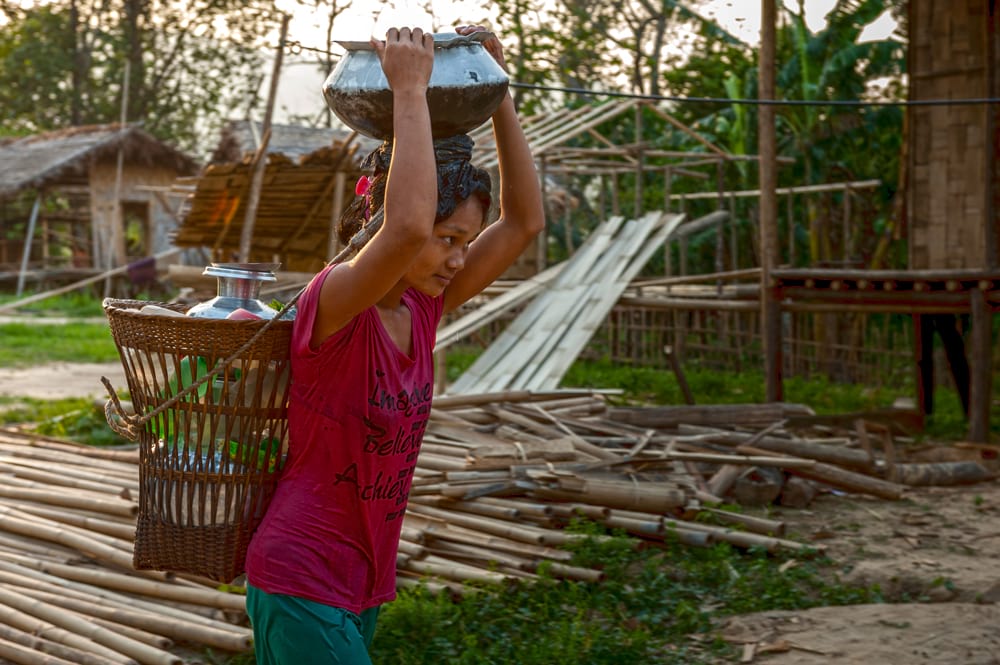
Wells Find Water Where There Is None
Roughly 40 percent of the world’s land mass is arid or semi-arid, receiving little rainfall. About 2 billion people live in these dry areas, 90 percent of them in developing countries where water infrastructure is limited or nonexistent. Yet they all need water to survive. How do they find it?
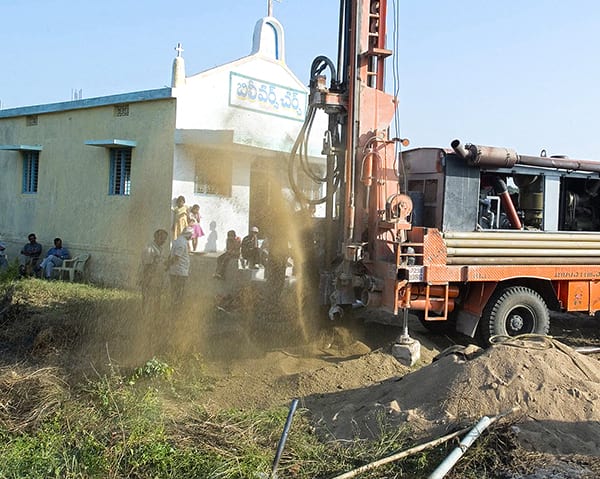
For many of them, each day begins with a trek to the nearest waterhole, which may be miles away. Life becomes a dreary quest for survival as they spend precious hours seeking the day’s supply of water. That leaves little time or energy for more productive activities. It’s no surprise that so many remain mired in abject poverty.
Yet, even in these dry areas, there is often water underground. Government agencies and nongovernmental organizations (NGOs) have devoted vast resources to installing wells for needy populations in Africa, Asia and Latin America. These efforts, though earnest and well-motivated, often fail in the long term for a number of reasons.
• In arid regions, there may be ample water during the rainy season, but then the water table recedes during the dry months. Wells are often too shallow to reach this deeper water, so they become inactive.
The solution: drill deeper.
This is the strategy now being employed by city authorities in urban areas like Bangalore, India, where an exploding population has strained water resources to the limit. The older wells in the city were typically 300 feet deep. Now, newer wells reach depths of up to 1,500 feet to tap the hidden reserves. And for the time being, they’re meeting the city’s burgeoning needs.
This approach is also being used effectively by private relief agencies, such as Gospel for Asia (GFA). Through Jesus Wells installed by its field partners, GFA has helped bring year-round water to many villages in South Asia, each well serving an average of 300 people. By drilling wells more than 600 feet down, villagers can access the deep water that was unreachable before. And GFA-supported Jesus Wells are built to last up to two decades.
In one Asian village, 15 families were relying on water from a polluted pond, convinced that a well would be impossible in their rocky hillside terrain. But through the intervention of a local GFA-supported pastor, workers drilled through the solid rock and found water. Most importantly, the workers didn’t stop there. They kept drilling to reach the deeper parts of the water table. That well now provides consistent water for the villagers even through the dry seasons.
• Another common problem has to do with well maintenance. Many well-intentioned organizations come into undeveloped areas and spend their time and money installing wells. But then they leave. The villagers often don’t know how to maintain the wells, so these valuable resources become useless. As a result, in Africa alone, an estimated 50,000 such projects now lie abandoned.
The remedy is to bring local people into the projects from the start
so they feel an ownership stake, and then show them how to maintain the wells for the long term. In an effort to provide lasting solutions, GFA-supported field partners use local workers who use locally produced components to install the wells, and then they help train the villagers themselves to maintain the wells. As a result, those wells have stood the test of time. GFA-supported workers recently revisited one of their earliest well installations and were pleasantly surprised to find it still operational—20 years later. Because of that well, life in the village has changed dramatically.
As Saamel, one of the villagers, observes, “Now people don’t have to go to distant places to fetch water.”
Furthermore, the impact of a clean water well on Arnab and his family in Asia can be watched online.
Of course, that well has needed periodic maintenance during its 20 years of service. And when it did, the local villagers stepped up.
Saamel notes, “Whenever this Jesus Well breaks down or needs some maintenance or repair, people in this village contribute money and they actually get it fixed.” As a result, “There has been no time that this Jesus Well is not in use … people been using it ever since that was installed.”
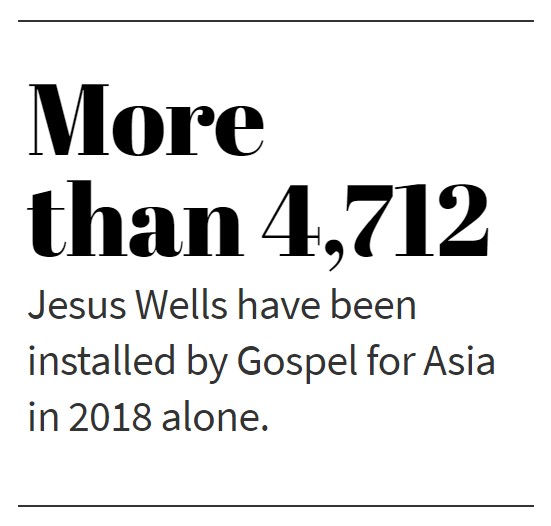 That marks a stark contrast to other wells in the area that provided foul-tasting water and eventually broke down. Now, Saamel observes, people from three nearby villages come to use the Jesus Well for its clean, reliable water.
That marks a stark contrast to other wells in the area that provided foul-tasting water and eventually broke down. Now, Saamel observes, people from three nearby villages come to use the Jesus Well for its clean, reliable water.
“The water is very good and tasty and safe to drink,” he says. “So, people don’t have to go to other water sources, and they used this water for drinking and domestic chores, for giving to the cattle or whatever need they have, cleaning and washing; they used this water almost for everything. So, this well has been a great help and of great use for the entire villagers.”
As this story makes clear, encouraging people to invest in their own infrastructure is one key to making these lifesaving improvements sustainable. During 2018 alone, Gospel for Asia helped install 4,712 Jesus Wells in villages all across Asia.
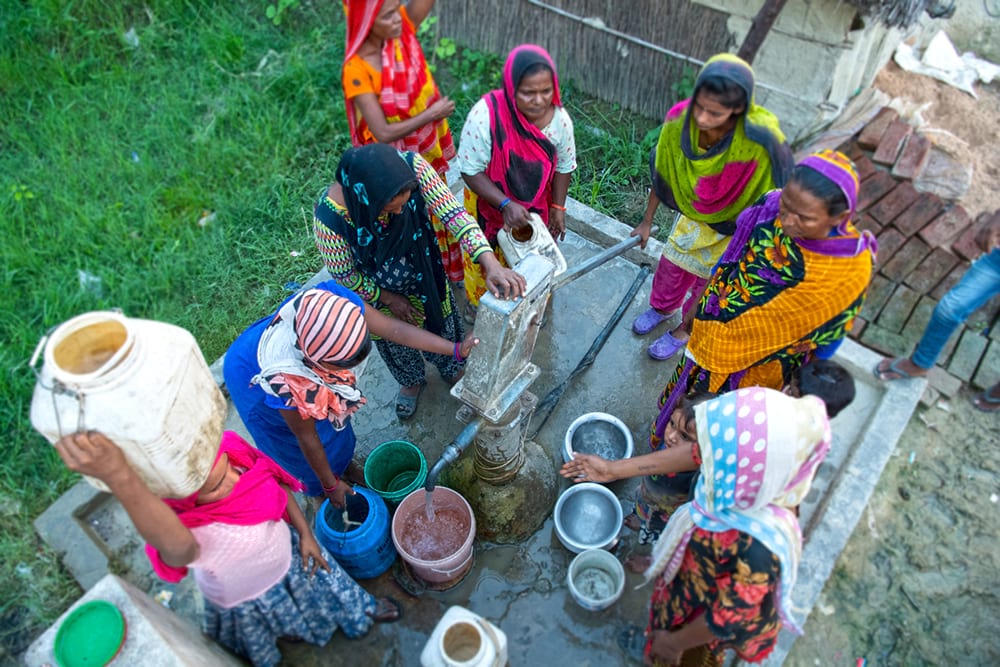
Tapping Into the World’s Largest Reservoir
In his poem “The Rime of the Ancient Mariner,” Samuel Taylor Coleridge describes a crew of thirsty sailors stranded on the ocean. One of them utters these familiar lines:
Water, water everywhere,
Nor any drop to drink.
That’s an apt description of our world, in which people are desperate for water even though it covers 71 percent of the earth’s surface. Of course, most of it is in the oceans and not drinkable. Indeed, 97.5 percent of the earth’s water is saltwater. A person who drinks too much of it will die—ironically—of dehydration.

However, visionaries have long hoped that someday we could harness the oceans’ vast water reserves for human use. That dream began to come true in 1881, when the first commercial desalination plant opened on the Mediterranean island of Malta. As methods improved during the 20th century, more plants opened in Europe, the United States and, especially, the Middle East. The desert kingdom of Saudi Arabia, oil-rich but water-poor, now produces more desalinated water than any other country. The nearby United Arab Emirates derives all of its drinking water from desalination. These countries are trading what they have—oil wealth—for what they desperately need—water. But in most of the world, the process has remained too costly to be a viable option.
A dramatic change occurred in 2005 when Israel opened its mega-capacity desalination plant in the coastal city of Ashkelon. This landmark achievement drastically lowered the cost of desalination while providing 13 percent of the country’s consumer water demand. Before, the country’s main sources of fresh water had been the Sea of Galilee and the Jordan River that flows from it. But drought and overuse had depleted both resources to dangerously low levels. Israel had a strong motivation to find new, reliable sources of usable water. The Mediterranean Sea on its western border made desalination an obvious alternative.
After the success of the Ashkelon project, Israel launched another plant a few miles up the coast in Hadera in 2009. That was followed by the Sorek plant in 2013, which is currently the world’s largest desalination plant. Israel now uses desalinated water for more than half of its needs. The cost of that water—which had always been the major drawback of desalination—is now even lower. At about $30 per month per household, Israelis pay less for their water than many people in other developed countries.
There are numerous water-thirsty countries in Asia and Africa that border the oceans. They could all greatly benefit from this technology. Because desalination plants are expensive, it will be a challenge for poorer countries to develop them. But Israel has shown that desalination can be a viable, cost-effective solution.
Another country that has made effective use of desalination is China. With a population of 1.4 billion—the world’s largest—China has enormous water needs. In recent years, millions of its people have clustered in the coastal cities, straining resources to the limit. That led to an intensive push for alternative water sources. China began exploring desalination in the 1950s and now has more than 139 plants.
With the inexorable growth of industry and populations around the world, the demand for water will only increase. And given the limits inherent in other sources, the desalination option will become indispensable. Meanwhile, advances in technology are making it available to more people than ever.
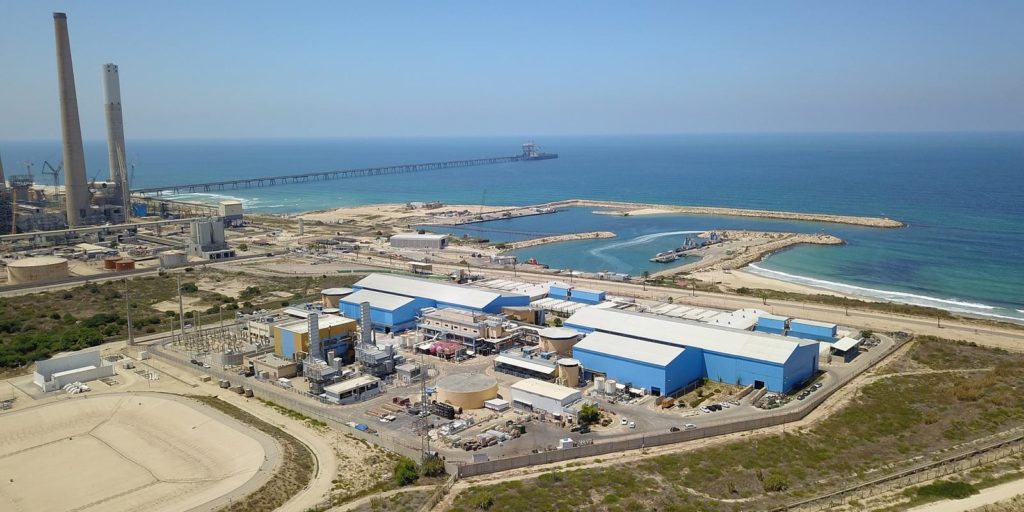
Filters Make Contaminated Water Safe
In much of the world, people rely on surface water for drinking and washing. But that water often contains dangerous toxins or pathogens. In those cases, people face the difficult choice of choosing between drinking tainted water and going thirsty.
One of the most common—and deadly—symptoms of waterborne diseases is diarrhea. It kills millions of people every year, most of them in Africa and South Asia. Children, being especially vulnerable, suffer the worst. According to the Centers for Disease Control and Prevention (CDC), 2,195 children die of diarrheal diseases every day. Other waterborne illnesses include polio, tetanus, typhoid fever, cholera, dysentery and hepatitis A.
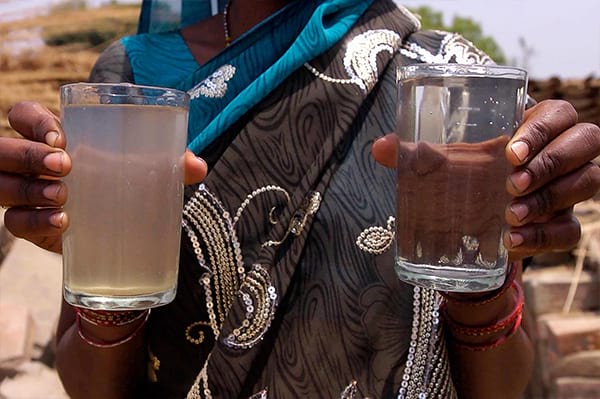
The tragedy is that such diseases can be easy to prevent. One study showed that the incidence of diarrhea can be reduced by 40 percent if people simply wash their hands regularly with soap.
Another effective weapon against disease is amazingly simple and affordable: a BioSand water filter, which costs just $30 and is small and portable enough to fit in any home. It removes most of the contaminants in water, making it 98 percent pure. With just one BioSand water filter, an entire family can enjoy clean water for as long as 20 years. Gospel for Asia (GFA) has been partnering to provide BioSand water filters to Asian families since 2008, distributing more than 73,500 so far. And the results have been dramatic.
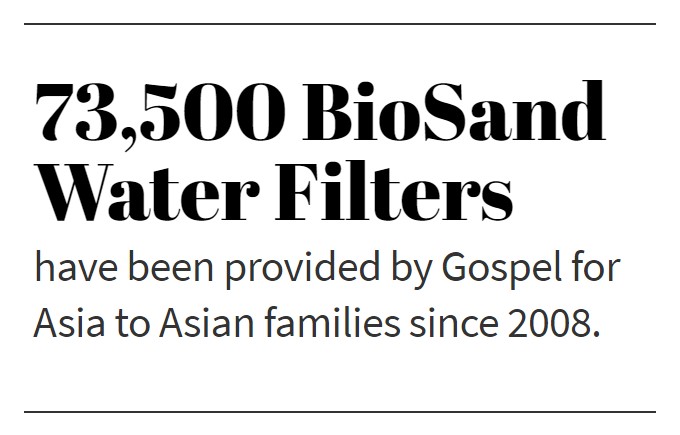 Nirmala’s story is typical and illustrates the impact these simple devices can make. She lives in a small Asian village where the only water source is a small polluted pond.
Nirmala’s story is typical and illustrates the impact these simple devices can make. She lives in a small Asian village where the only water source is a small polluted pond.
“Since we drank from the pond on a daily basis,” Nirmala says, “we were frequently contracting diseases and stomach problems. Our symptoms ranged from headaches to skin problems to internal pain. It was a very painful and discouraging way to live.”
“A team soon came and installed a filter in my home,” she says. “My family and I were so happy to receive such an amazing gift.”
Now, health has returned to Nirmala’s family. And an entire village is being transformed.
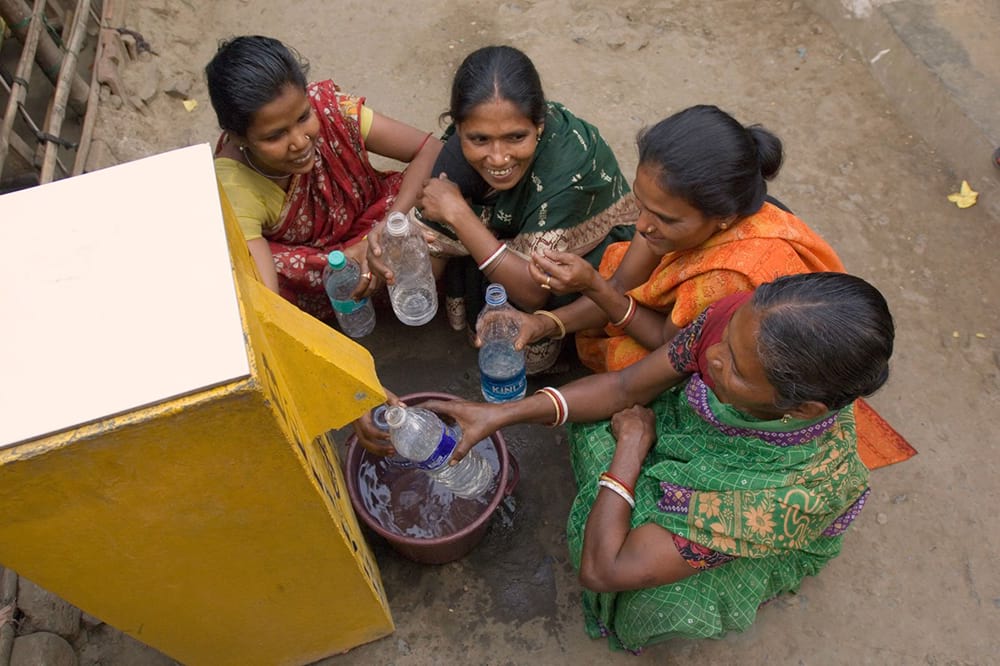
A Better Future is Possible
These accounts show what is possible when goodwill and knowledge combine. But they also remind us that the world water crisis is far from being solved.
The United Nations has described concrete objectives for defeating the world’s water problems in its 2030 Agenda for Sustainable Development. Among other things, the participating member states committed to “end poverty in all its forms” and “shift the world on to a sustainable and resilient path.” But so far, the world is “off track” in achieving those objectives, according to the UN’s Synthesis Report 2018 on Water and Sanitation. The report states that, to be more effective, efforts must address issues of “weak funding, planning, capacity and governance of water and sanitation services as a top priority.”
But as the villagers depicted in this article demonstrate, the best solutions don’t always come from top-down efforts imposed from outside. Rather, they arise from cooperative efforts that involve local residents in the construction, maintenance and acceptance of their own sustainable solutions. Relief agencies that respect the dignity and freedom of the people they serve offer the best hope for success.
If you’d like to make a personal impact on the world water crisis, consider giving a needy family a simple BioSand water filter. For only $30, Gospel for Asia’s field partners can manufacture and distribute one of these effective filters to a water-compromised family in Asia and provide them with clean, safe water. Other NGOs that are making a difference in regard to the world water crisis include water.org, which makes microloans to families to install clean water solutions in their homes, and Charity: Water, which partners with organizations worldwide to provide safe water solutions to the 10 percent of the world’s population that lacks access to clean water.
Together, we can end the world’s water crisis.
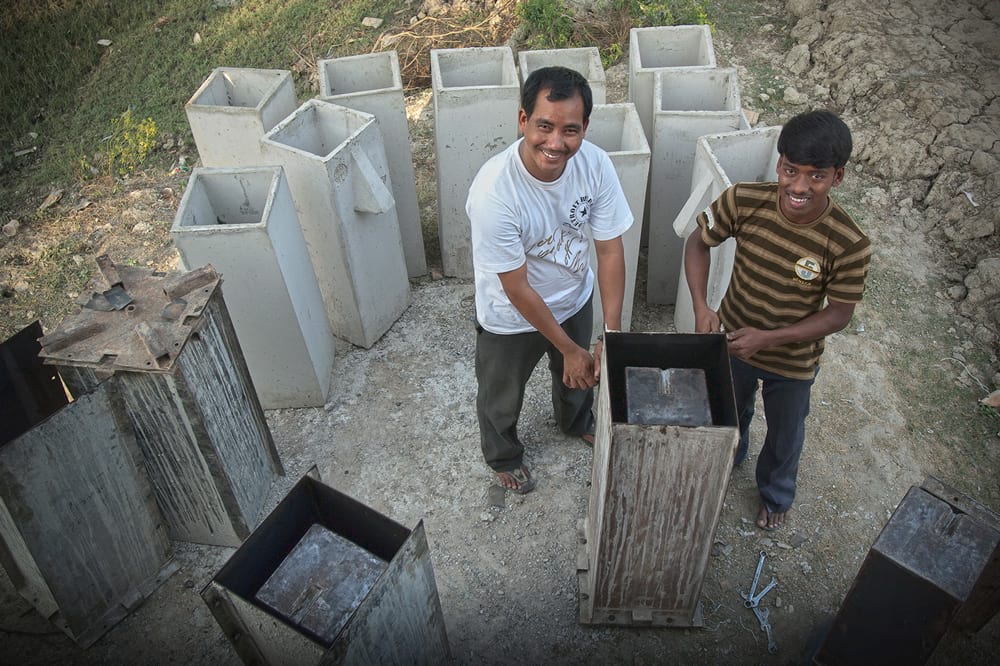
Learn more about how to provide pure, clean water to families and entire villages through Jesus Wells and BioSand Water Filters.
To read more news on the World Water Crisis on MissionsBox News, go here.
This Special Report originally appeared on gfa.org.
Read another Special Report from Gospel for Asia on Dying of Thirst: The Global Water Crisis.
Read the Global Clean Water Crisis Report: Finding Solutions to Humanity’s Need for Pure, Safe Water.

